
For France, the trauma of the Algerian War (1954-1962) was not unlike the experience of the Vietnam War for the United States. But, unlike the conflict in Vietnam, few photographic documents exist from that period in Algeria: it is as if the French responded with collective amnesia. Marc Garanger’s Algerian Women is one of the few photographic essays dedicated to that painful period.
In 1960, Garanger, a 25-year-old draftee who had already been photographing professionally for ten years, landed in Kabylia, in the small village of Ain Terzine, about seventy-five miles south of Algiers. Like many politically engaged young men, he had put off his departure for the army as long as possible, hoping that the war would end without him. He was soon selected as his regiment’s photographer.
General Maurice Challes, head of the French army, attacked the mountain villages occupied by two million people, some of whom had joined the Algerian resistance, the FLN. To deprive the rebels of their contacts with the villagers, he decided to destroy the villages and transfer the population into regroupment villages, a euphemism for concentration camps. Soon Garanger’s commanding officer decreed that the villagers must have identity cards: “Naturally he asked the military photographer to make these cards,” Garanger recalls. “Either I refused and went to prison, or I accepted. I understood my luck: it was to be a witness, to make pictures of what I saw that mirrored my opposition to the war. I saw that I could use what I was forced to do, and have the pictures tell the opposite of what the authorities wanted them to tell.”
The women that Garanger portrayed came from neighboring villages. Either Berber or Muslim, they had never before come into contact with Europeans. When Garanger arrived, there was a detachment of armed men with machine guns across their shoulders, an interpreter, and the commander. The women would be lined up, then each in turn would sit on a stool outdoors, in front of the whitewashed wall of a house. Without their veils, their disheveled hair and their protective tattoos were exposed. Their lined faces reflected the harshness of their life. The stiffness of their pose and the intensity of their gaze evoke early daguerreotypes.
“I would come within three feet of them,” Garanger remembers. “They would be unveiled. In a period of ten days, I made two thousand portraits, two hundred a day. The women had no choice in the matter. Their only way of protesting was through their look.”
“It is this immediate look that matters,” Garanger continues. “When one discharges a condenser, a spark comes out: to me, photography involves seizing just that instant of discharge. In these sessions, I felt a completely crazy emotion. It was an overwhelming experience, with lightning in each image. I held up for the world a mirror, which reflected this lightning look that the women cast at me.”
In the Middle East, the veil is like a second skin among traditional people. It may be taken off only within the secrecy of the walls, among women or between husband and wife, but never publicly. Garanger’s portraits symbolize the collision of two civilizations, Islamic and Western, and serve as an apt metaphor for colonization. The women’s defiant look may be thought of as an ‘evil eye’ that they cast to protect themselves and curse their enemies.
Fifty years after Algeria’s independence was proclaimed, Garanger’s contested portraits have not lost their strength. When he went back to Algeria in 2004 to meet those he had photographed, he found that the pictures he had taken were often the only ones that the women ever had of themselves, and they welcomed his return: he had become the keeper of their memory. This month, his portraits will be exhibited in Algiers.
Garanger’s portraits are currently being exhibited at the Musée d’Art Moderne, Algiers (April 20 – August 30).
Carole Naggar is a photo historian and poet. She recently wrote for LightBox on Chim’s images of children in Europe after World War II and the visual fables of Pentti Sammallahti.
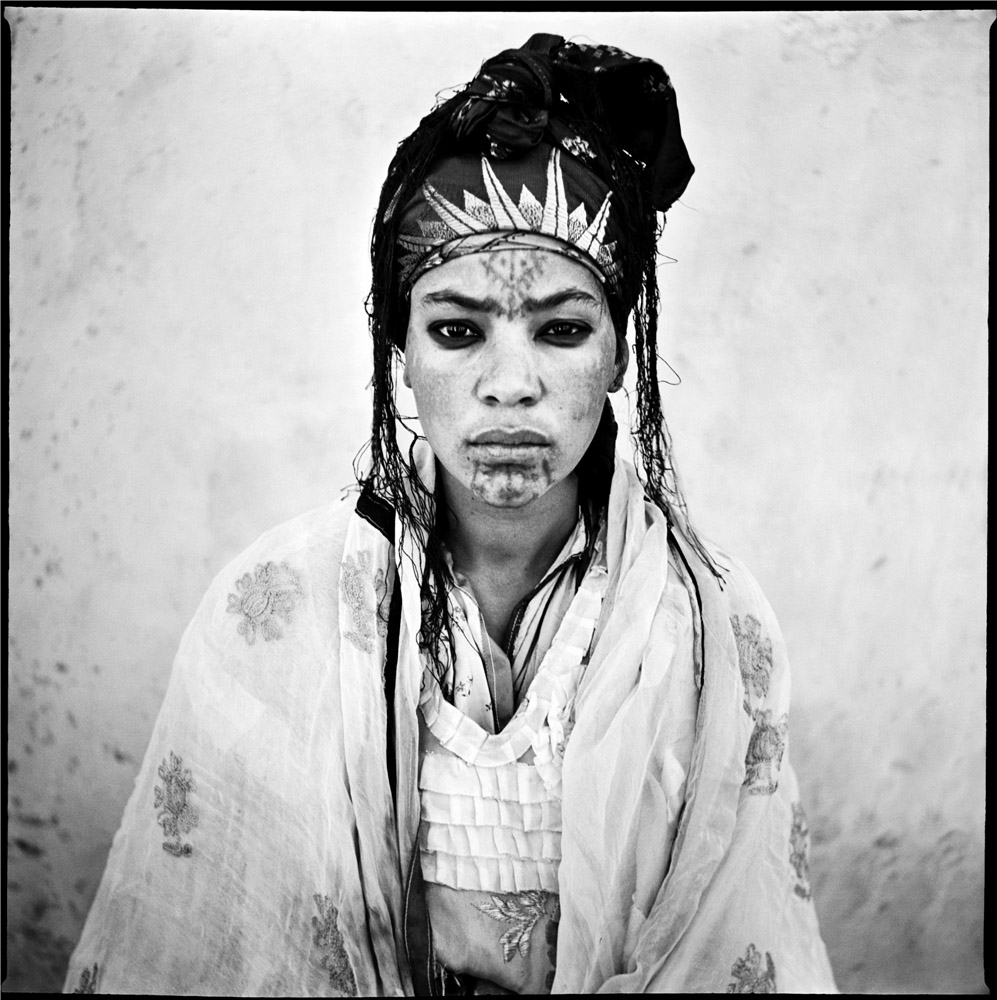

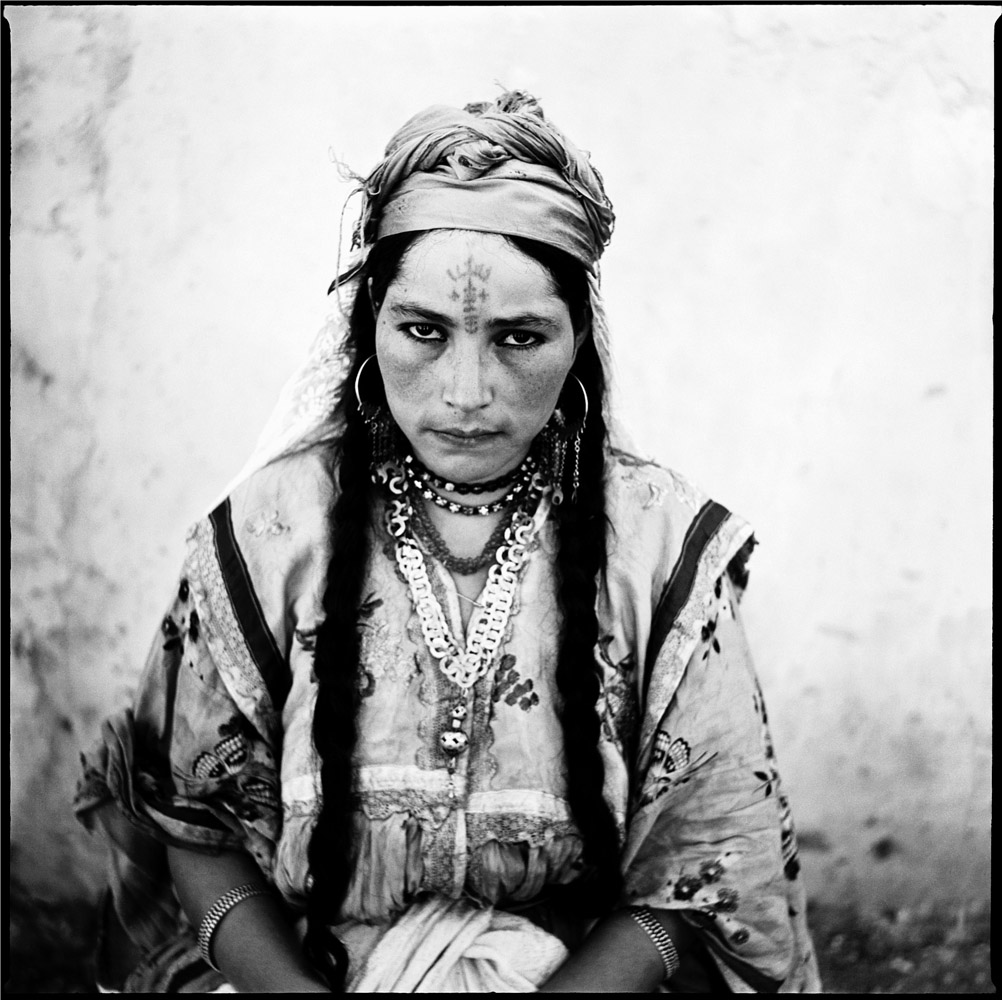
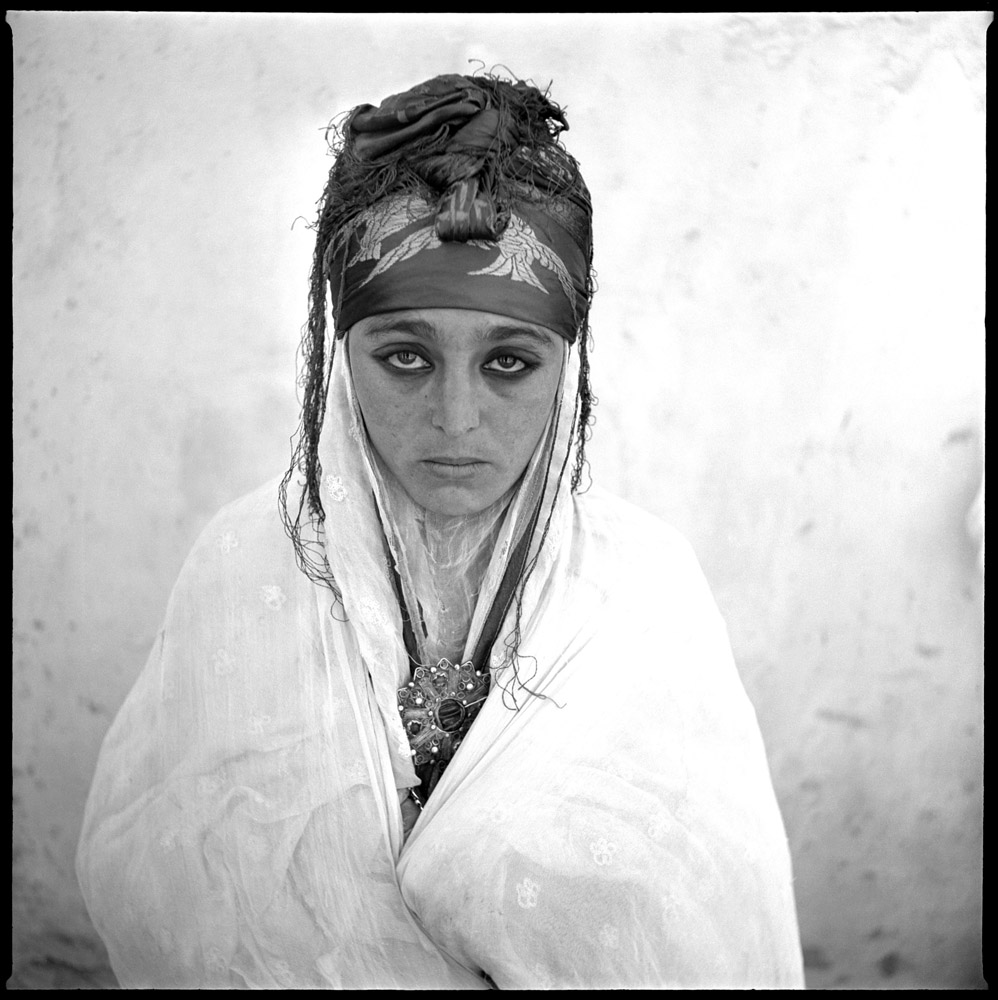
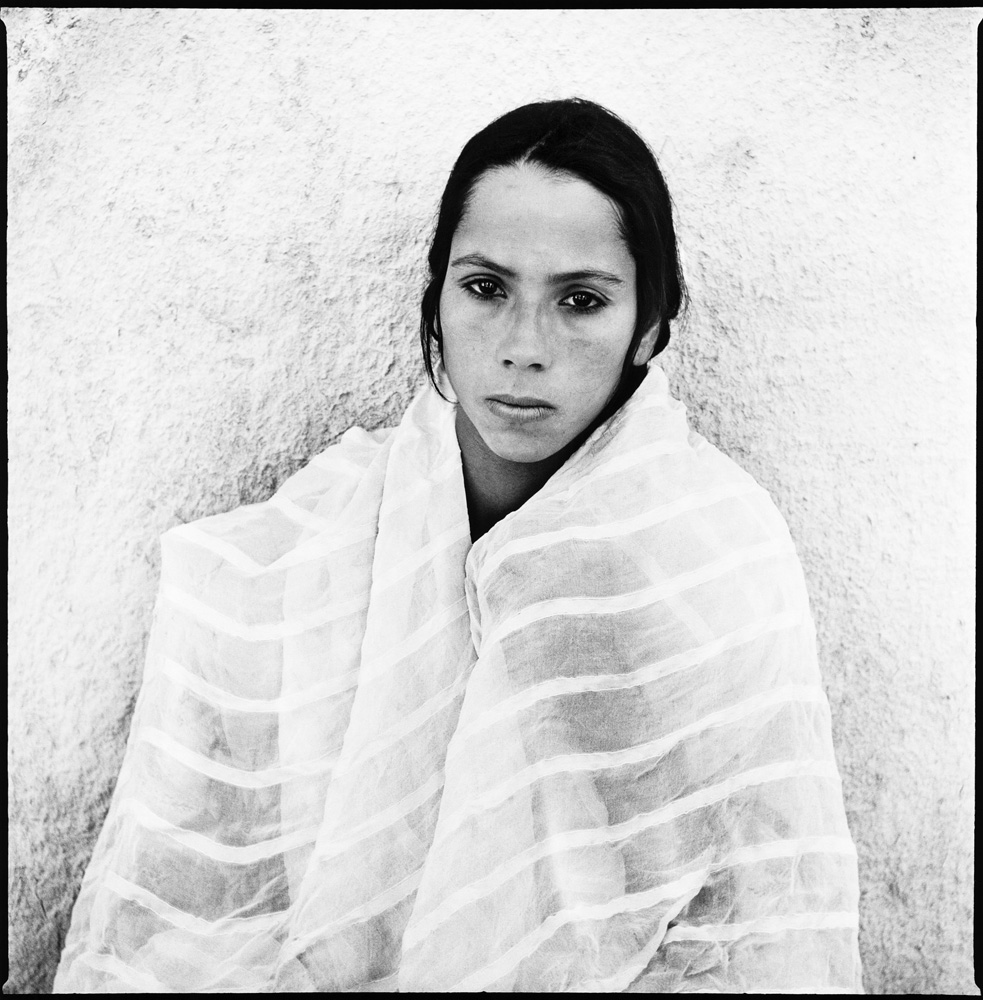

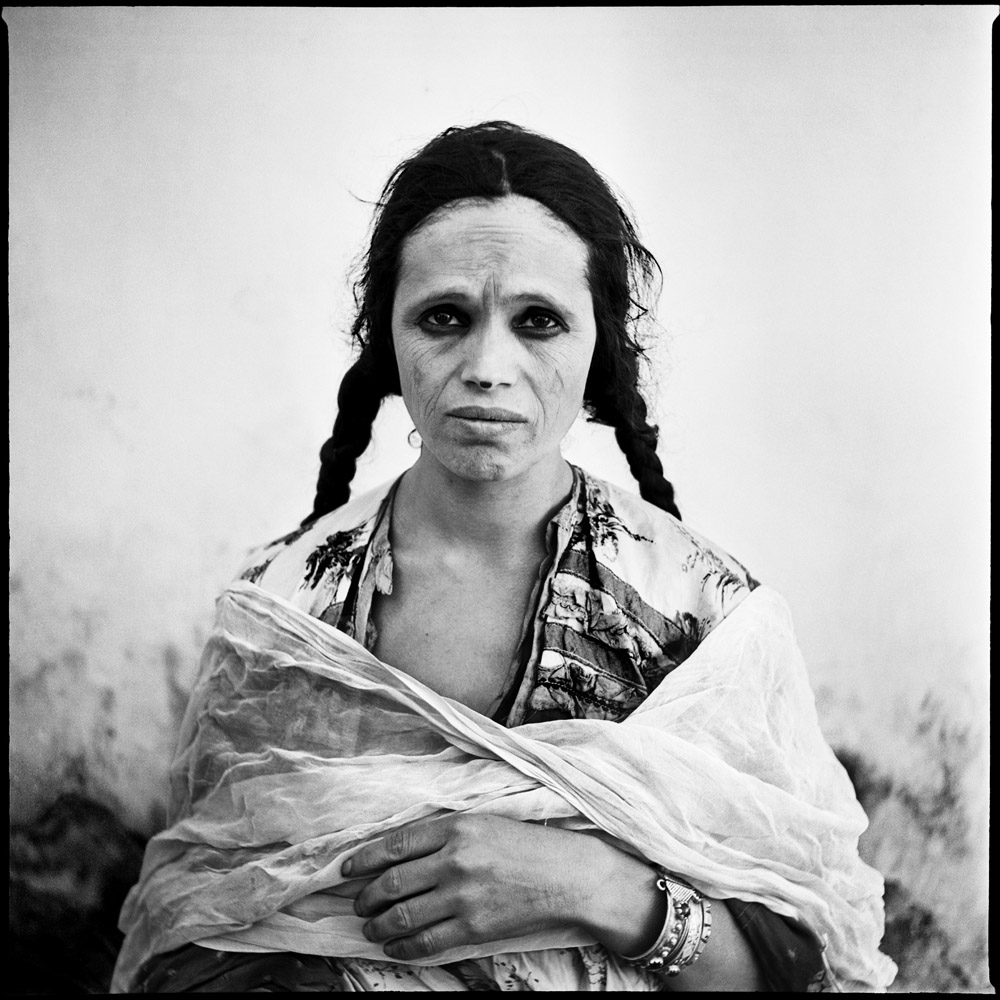


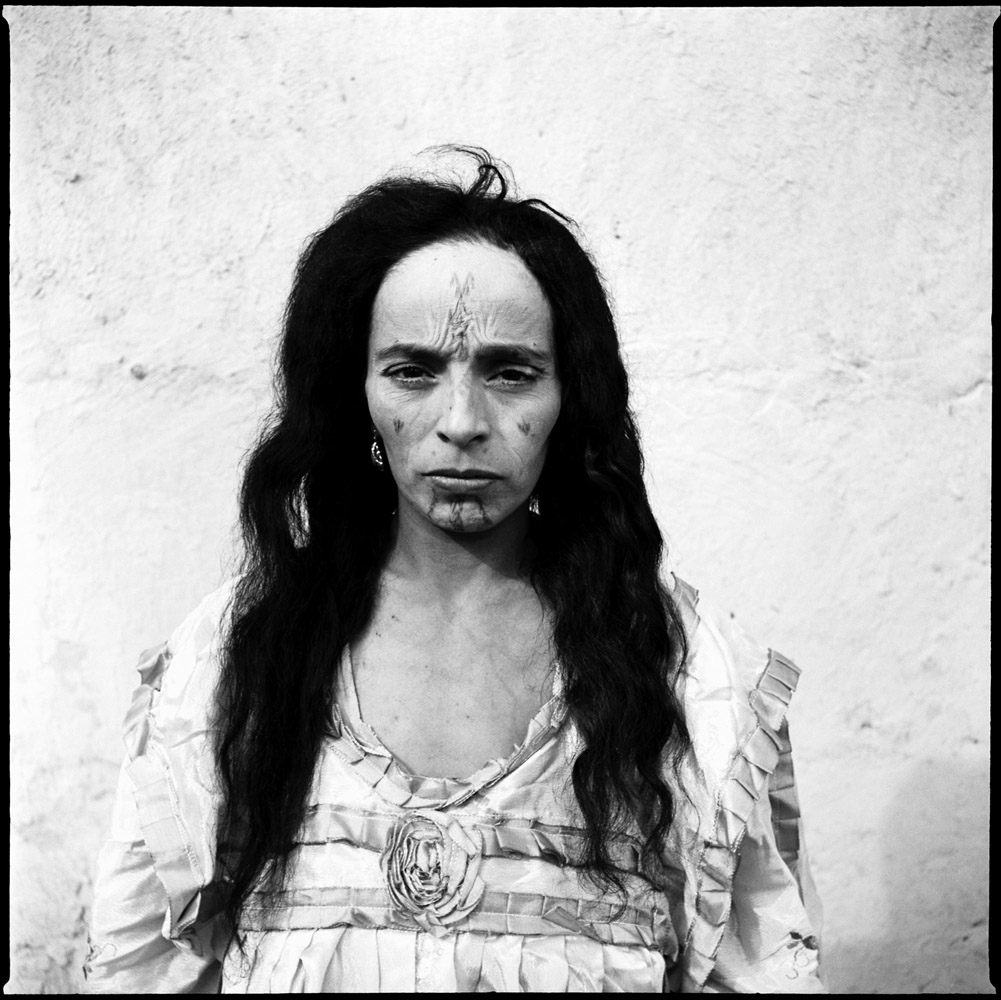
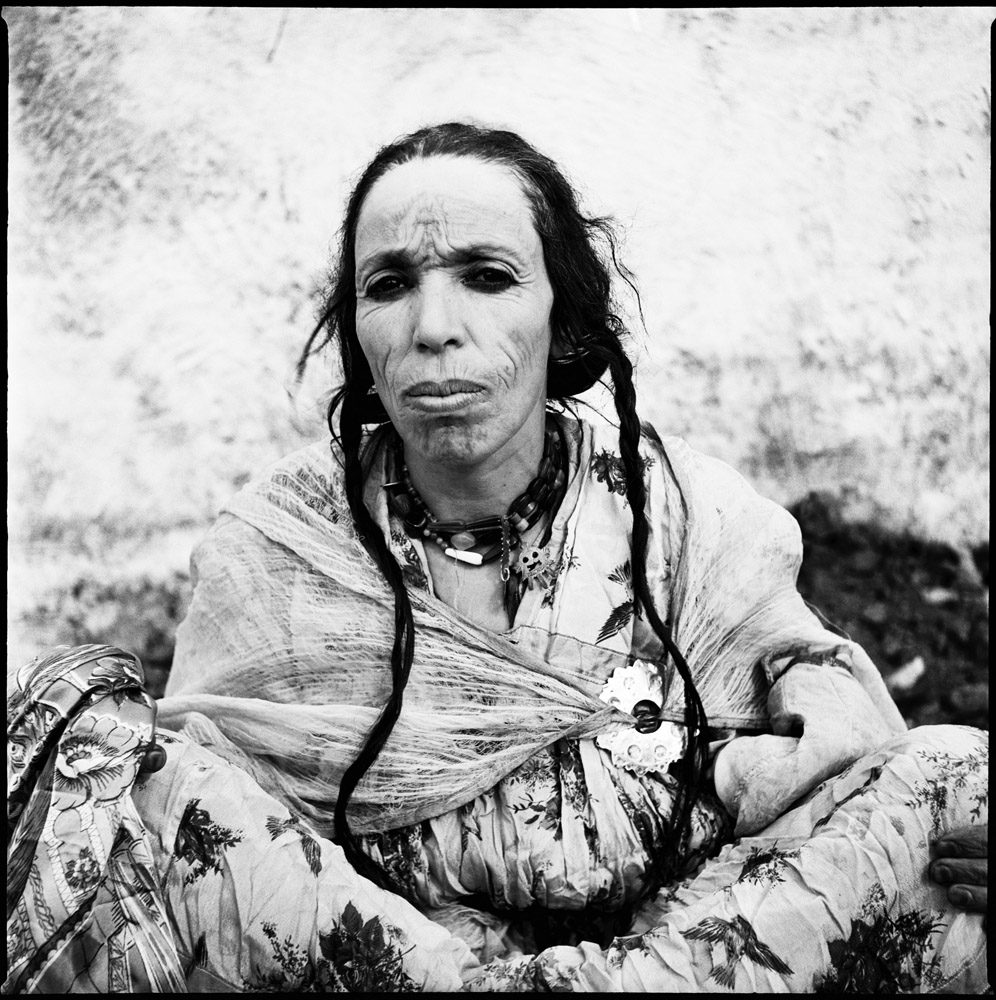

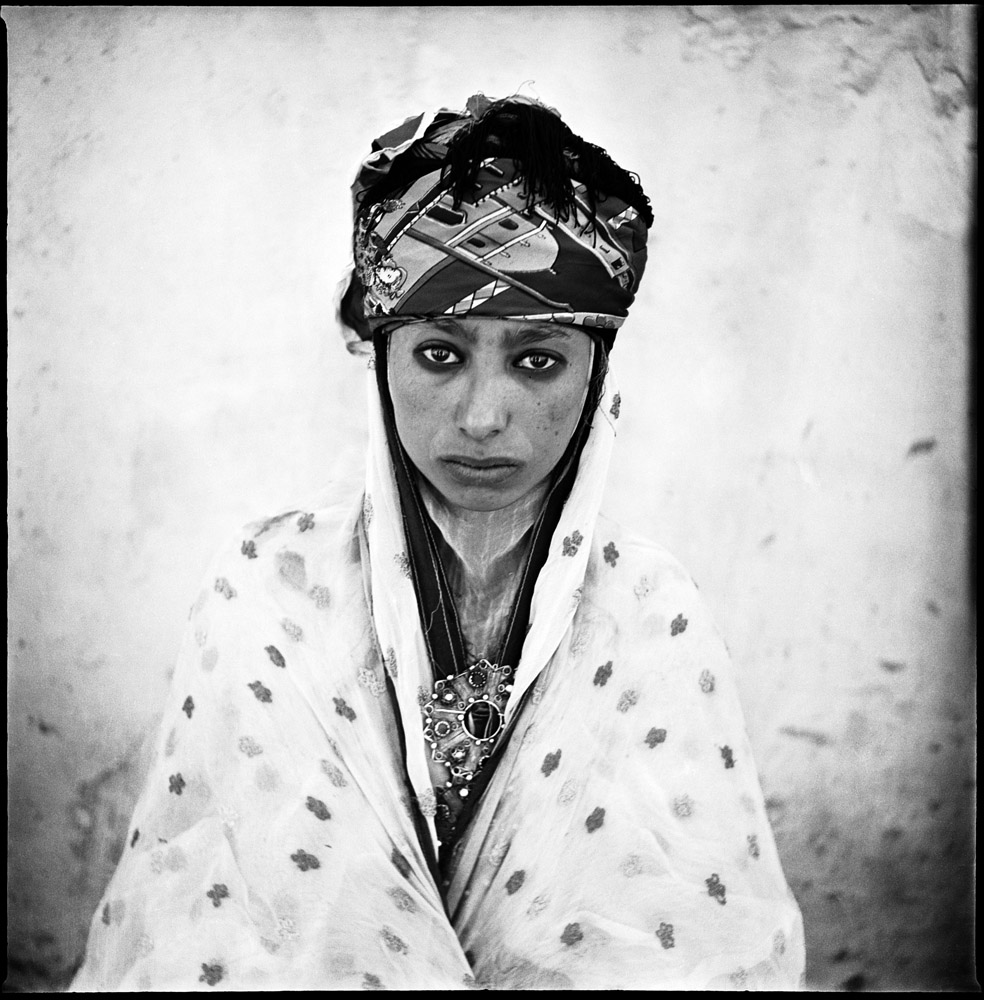
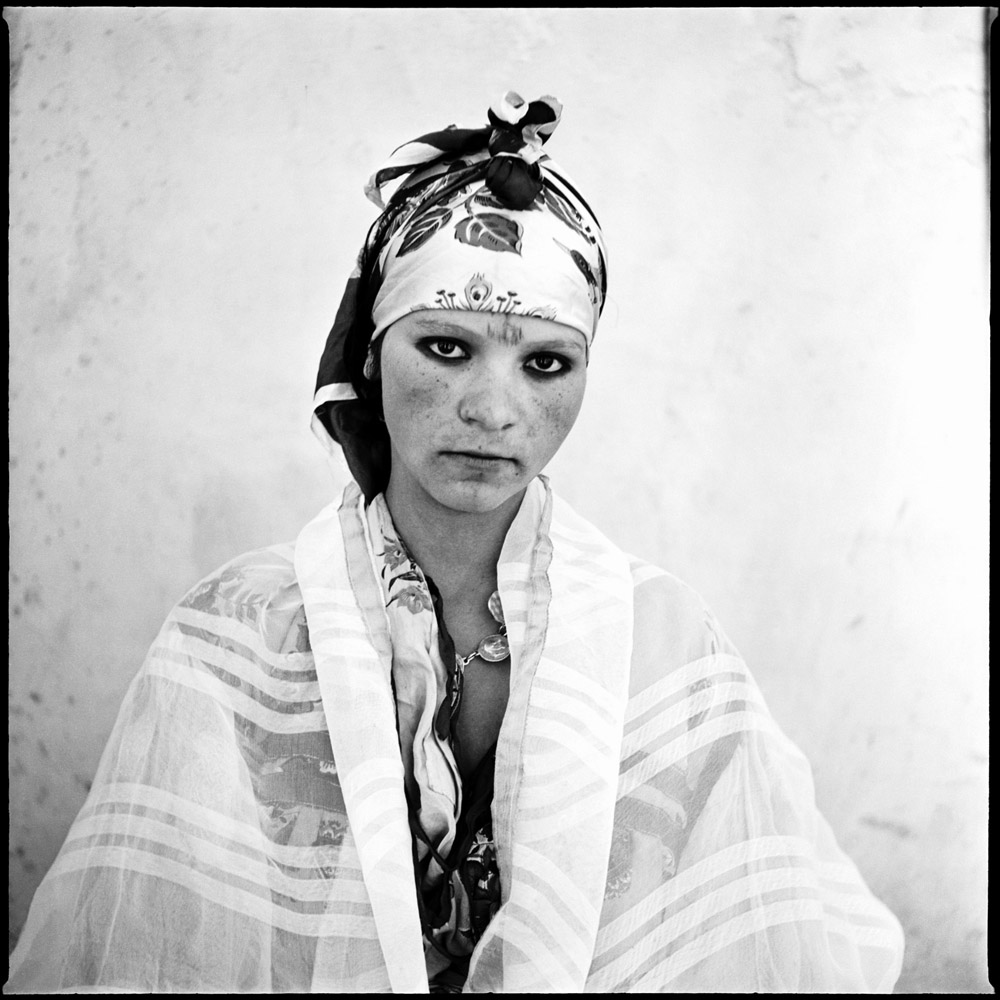
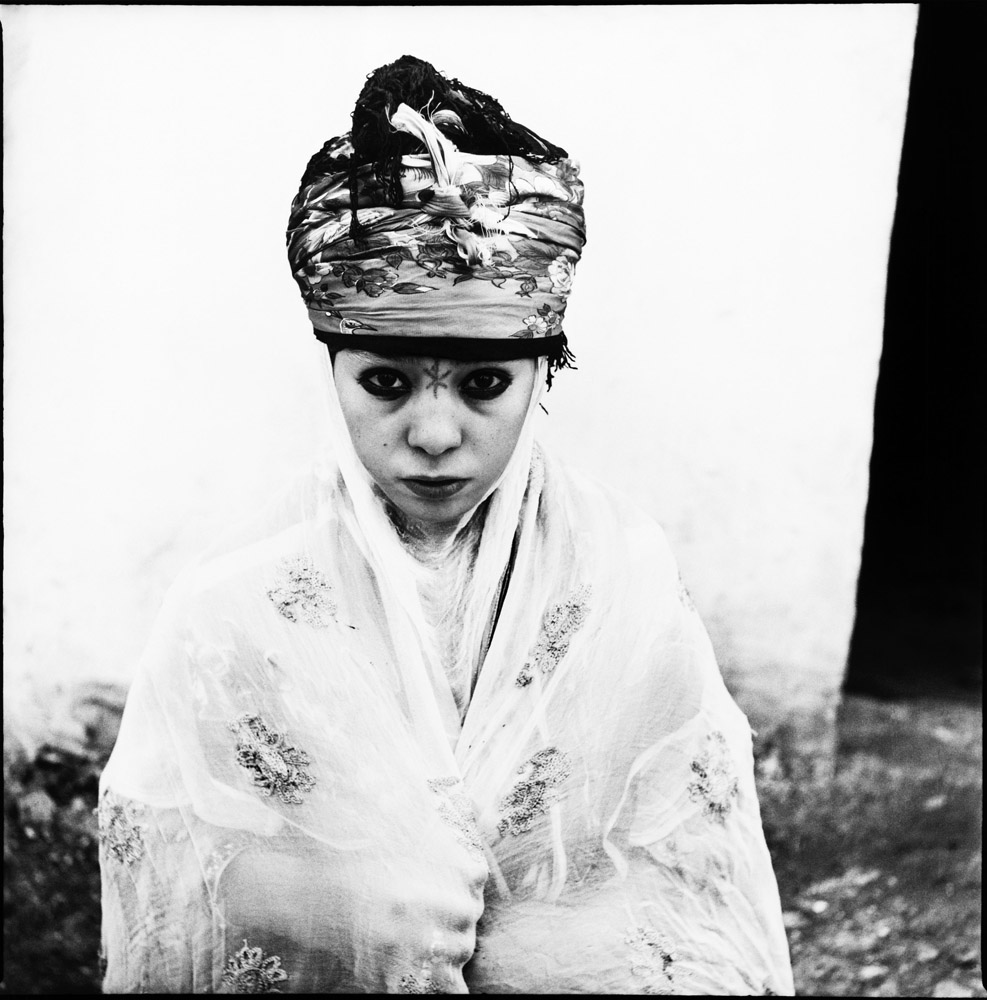
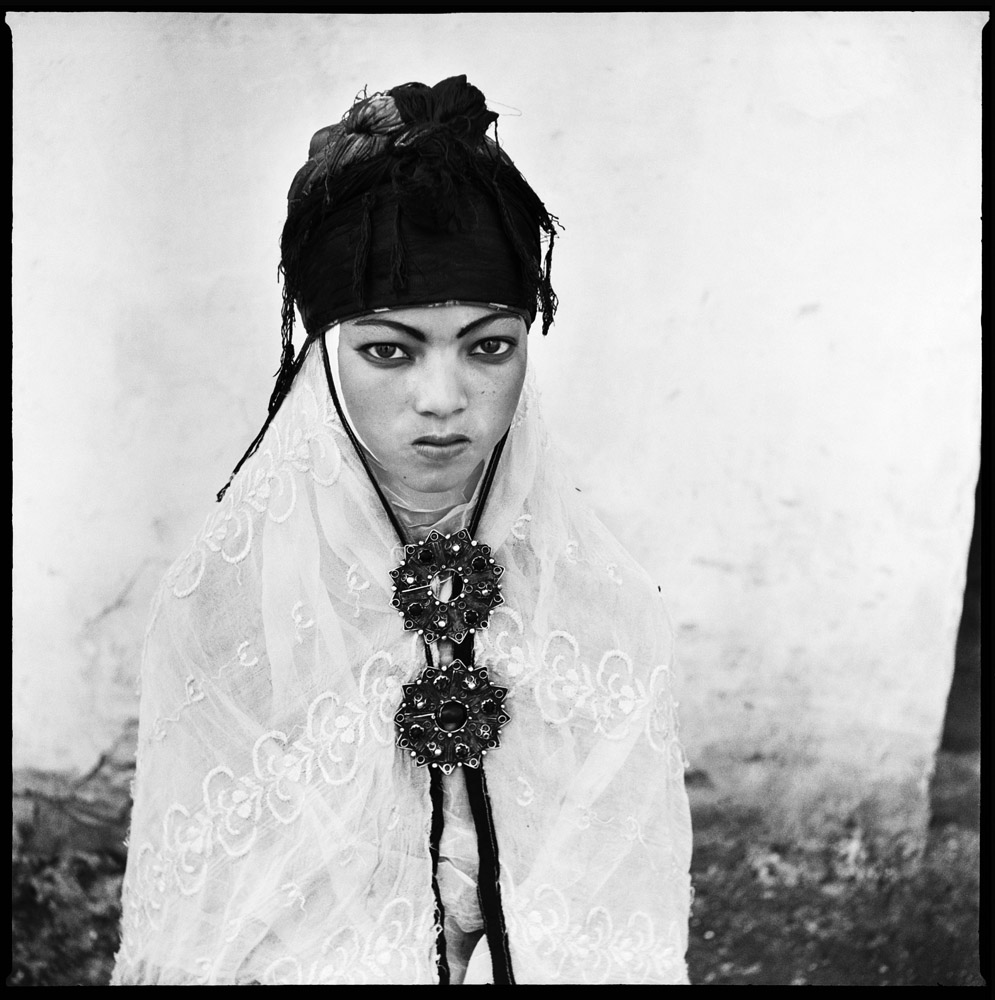
More Must-Reads from TIME
- Why Trump’s Message Worked on Latino Men
- What Trump’s Win Could Mean for Housing
- The 100 Must-Read Books of 2024
- Sleep Doctors Share the 1 Tip That’s Changed Their Lives
- Column: Let’s Bring Back Romance
- What It’s Like to Have Long COVID As a Kid
- FX’s Say Nothing Is the Must-Watch Political Thriller of 2024
- Merle Bombardieri Is Helping People Make the Baby Decision
Contact us at letters@time.com